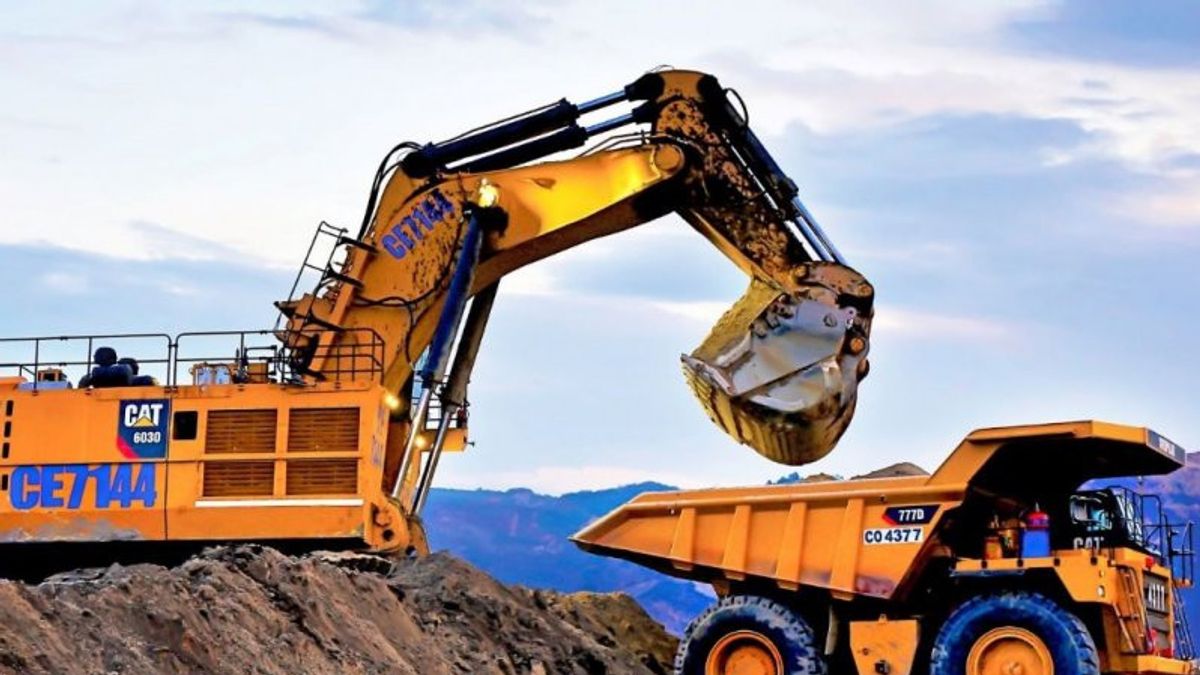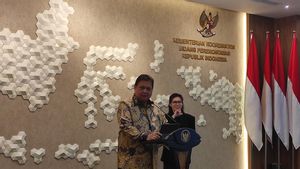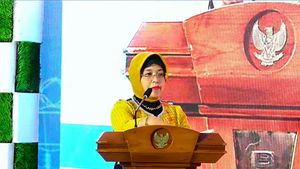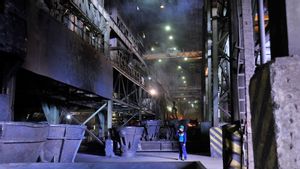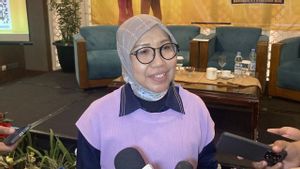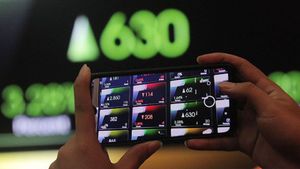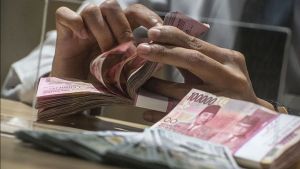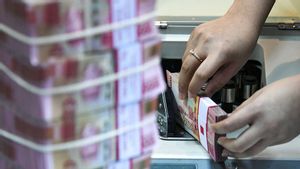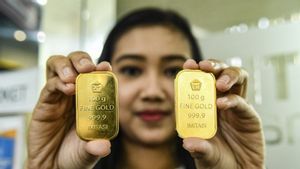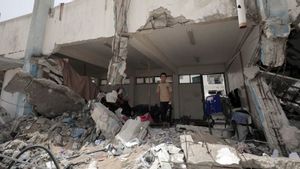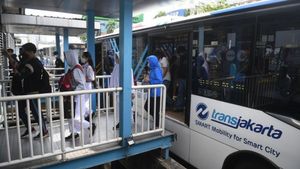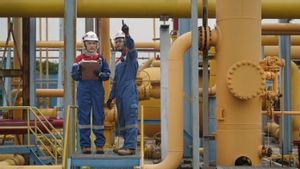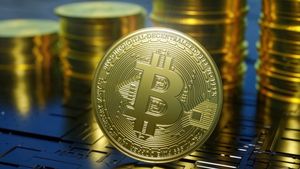JAKARTA - Special Staff to the Minister of Energy and Mineral Resources (ESDM) for the Acceleration of the Minerba Governance Division of the Ministry of Energy and Mineral Resources, Irwandy Arif, said that Indonesia has a wealth of mining and coal reserves (minerba), but the annual income level is still low.
Irwandy said that the excitement of Indonesia's mineral and coal reserves currently ranges from 3 to 4 trillion US dollars, but Indonesia's revenue level in 2021 is only 47 billion US dollars for significant commodities and several products from downstreaming.
"So if we qualify as a return of equity (ROE), then we get only 1.2 percent. Very small. Therefore, efforts to optimize this reserve can be in the form of production and downstream downstreaming still have to be carried out in the future," said Irwandy in Indonesia Mining Outlook quoted Monday, February 5.
In addition, he continued, in terms of reserves, Indonesia has 6 mineral and coal commodities that occupy the world rankings, between nickel, tin, bauxite and gold and coal and copper.
In terms of production, Irwandy said that Indonesia produces at least 100 tons of gold per year, 400 tons of silver per year and 50.000 tons of lead per year.
"And the derivative products of copper cathodes, nickel mate, ferronicle, and nickel pig iron or NPI are around 200,000, 80,000 tons, 70,000 tons, 50,000 tons and 700,000 tons of coal," explained Irwandy.
Irwandy also described the number of purification or smelter facilities owned by the Republic of Indonesia and managed by the Ministry of Energy and Mineral Resources. The number of smelters managed by the Ministry of Energy and Mineral Resources is 16 smelters with 5 smelters already in the operating stage and the rest are still in the construction stage.
SEE ALSO:
"Even though the smelters throughout Indonesia are already more than 100 for all of these commodities. Most of them are managed by the Ministry of Industry," he continued.
Irwandy said, there were several obstacles faced when building a smelter or purification facility, including funding and high costs for technology and manufacturing. Especially for technology, he said, Indonesia does not yet have adequate technology so it still has to pay a high fee.
"Then the energy supply, especially renewable energy, land, licensing, and other issues," concluded Irwandy.
The English, Chinese, Japanese, Arabic, and French versions are automatically generated by the AI. So there may still be inaccuracies in translating, please always see Indonesian as our main language. (system supported by DigitalSiber.id)
